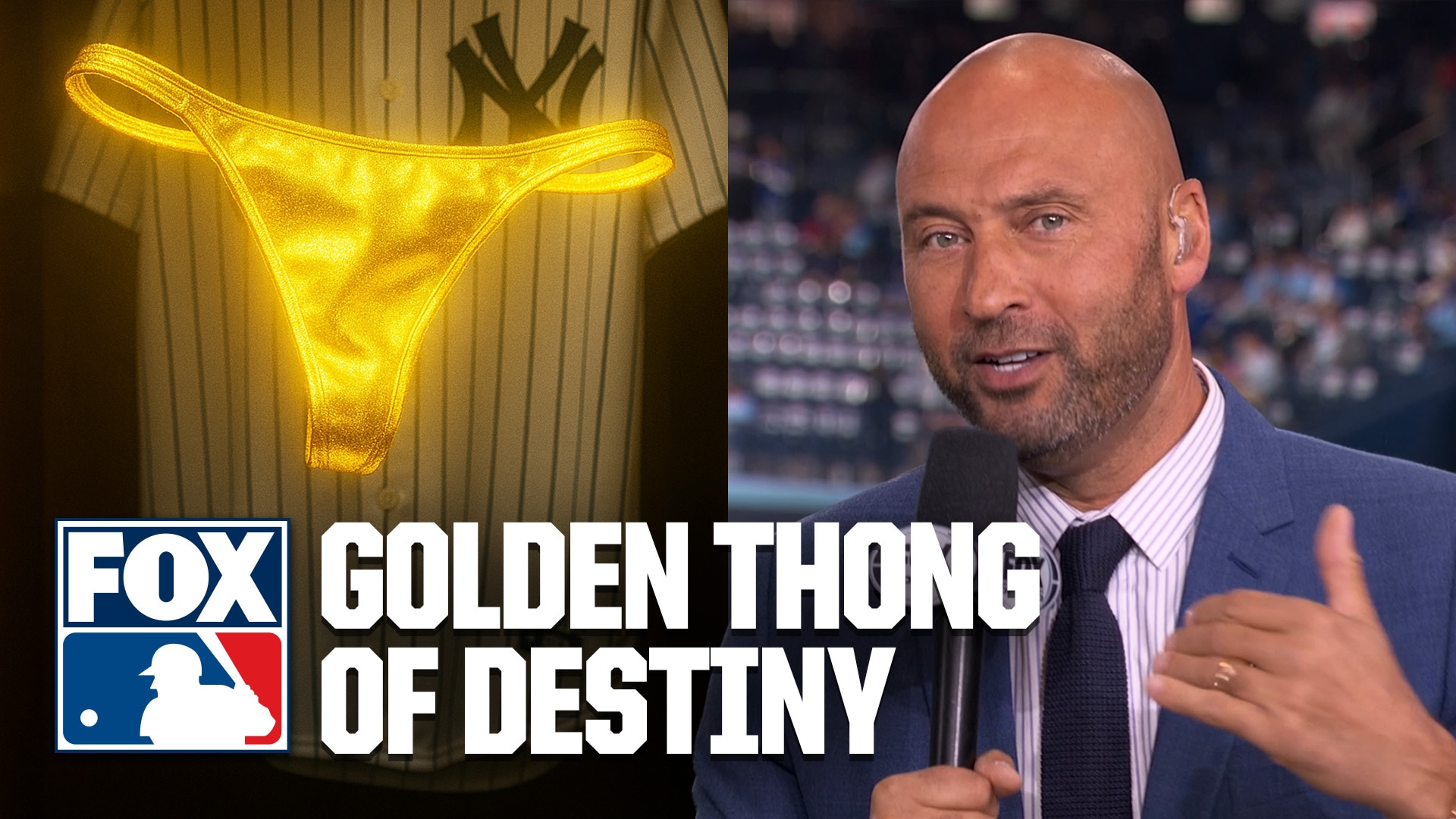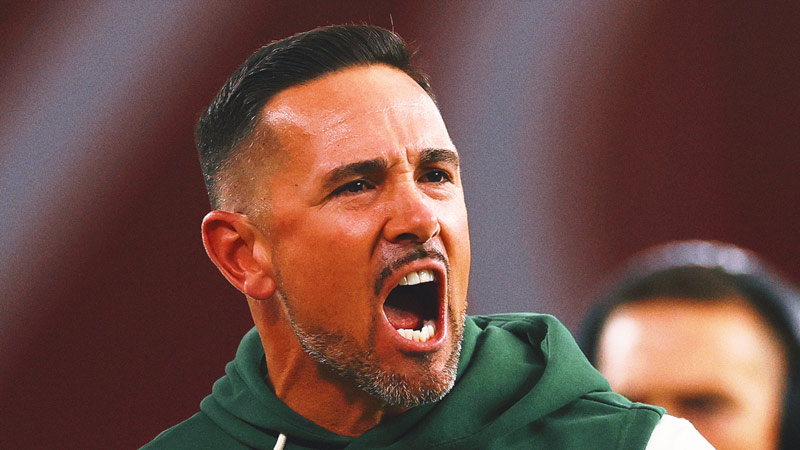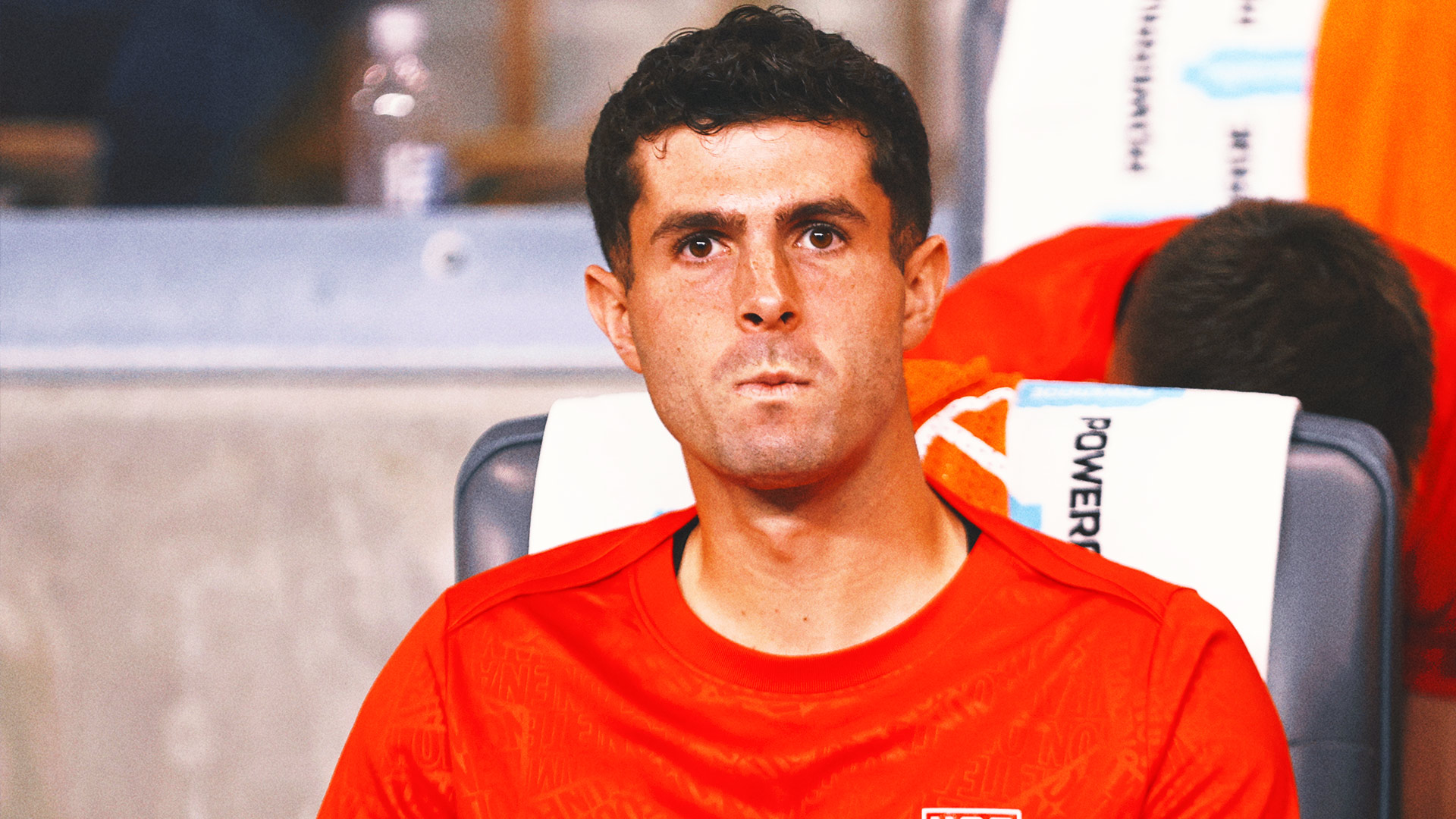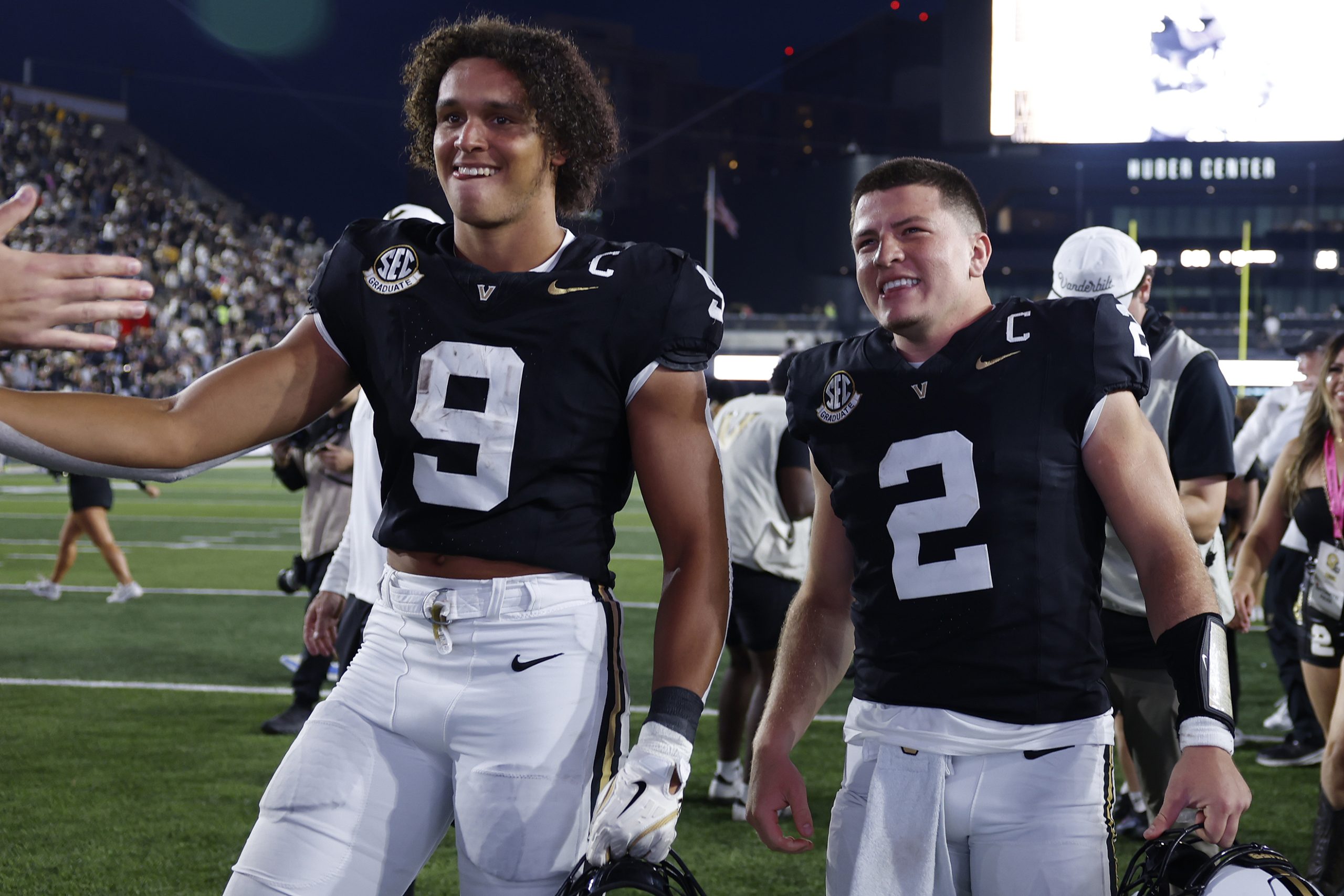In May, elite runner Susanna Sullivan was at a crossroads. Her seventh-place finish at the 2024 Chicago Marathon earned her the chance to represent Team USA at September’s World Athletics Championships in Tokyo. But she also had her eyes on competing in New York City a few weeks later.
Tokyo meant the opportunity to compete for her country—and a shot at redemption. During the 2023 World Championships marathon in Budapest, she fractured her kneecap mid-race and finished 58th in 2:44. “It was a no-brainer for me to choose Tokyo,” Sullivan tells Front Office Sports. But New York, a World Marathon Major, comes with a high-energy hometown crowd—plus a bigger prize purse and appearance fees.
Earlier in her career, Sullivan would have had to pick just one race. This year, the 35-year-old decided on both. She’ll line up at the start in Staten Island less than two months after a fourth-place finish in Tokyo, where running 2:28:17 in hot conditions and finishing just off the podium earned her $16,000.
For years, the physical demands of racing 26.2 miles limited most elites to two marathons per year, max. But shoe technology and a better understanding of nutrition and recovery are enabling distance runners to rebound faster. As a result, more of them than ever are racing three-plus marathons a year, agent Hawi Keflezighi tells FOS. (Keflezighi’s brother, Meb, is one of the most credentialed American marathoners ever, with wins in Boston and New York and an Olympic silver medal.)
Last year, Kenya’s Hellen Obiri, now 35, won the Boston Marathon in April; earned a bronze medal in the Olympic marathon in Paris in August; and placed second in New York in November. Sullivan’s Team USA teammate and fellow Brooks-sponsored athlete CJ Albertson, 32, ran five marathons each this year and last year, finishing eight of them in 2:11 or faster.
And two of the sport’s stars—two-time Olympic champion Eliud Kipchoge of Kenya and Dutch runner Sifan Hassan, who won the Olympic marathon in Paris last year—are lining up Sunday in New York after competing in the newest major in Sydney on Aug. 31. Hassan, 32, won the women’s race in 2:18:22, while 40-year-old Kipchoge finished ninth in 2:08:31.
The shift is changing the economics of distance running, say agents, runners, coaches, and race organizers.
“You don’t get to do this for very long,” Laura Thweatt, a former pro who now coaches Obiri and others at the On Athletics Club in Boulder, Colo., tells FOS. “With the marathon, where athletes make their money at this level is in those appearance fees, in those contracts with all these different bonuses and rollovers and prize money incentives. So the more of those opportunities you can stack in a year, financially, it really does set you up.”
The Science Behind the Surge
Though the marathon remains a demanding distance, footwear technology has dramatically improved since Sullivan made her 26.2-mile debut in 2015. Unlike the thin flats of the past, racing shoes now combine stiff carbon fiber plates with next-generation foams, Jennifer Sumner, director of run research at Brooks, tells FOS.
Modern shoes provide cushioning to absorb the impact of every step and also spring back quickly afterward, propelling runners forward. Athletes both run faster and sustain less muscle damage.
Better nutrition knowledge has also played a role. Sports dietitians now recommend much higher carbohydrate intake during long workouts and races. “You’re not going into these really long depleted states when you’re training,” Thweatt says. Companies such as On and Brooks connect their runners with nutrition, biomechanics, and recovery experts for personalized advice.
Some athletes began pushing the boundaries, opening the door for others to follow. Sara Hall also made her marathon debut in 2015, in Los Angeles. She’d also qualified for the World Cross Country Championships, to be held 13 days afterward, and planned to give up her spot. “When the marathon went so poorly”—she finished 22nd in 2:48:02—“I was just desperate to have a redemptive race,” Hall tells FOS.
 Brian Fluharty-Imagn Images
Brian Fluharty-Imagn ImagesSo she threw all her energy into the best recovery 2015 had to offer—cold river soaks, frequent protein snacks, and scraping her muscles with metal tools. She flew to China in March and placed 20th, and top American, in the 8K race. “That opened my mind that maybe the marathon didn’t need to be a full stop requiring a two-plus–week break,” she says.
Since then, Hall has often raced three or more marathons per year, notching several top performances after tight turnarounds. She ran her personal best of 2:20:32 in The Marathon Project in Chandler, Ariz., in December 2020, about two and a half months after placing second in the London Marathon in 2:22:01.
Shoes and fueling have helped her keep her calendar packed, even as she ages. Last year, at 41, she ran four marathons—and finished the last the fastest, running 2:23:45 for 10th place in December’s Valencia Marathon and breaking her own American masters record by more than two minutes.
Racing frequently “has made a big difference for my career,” she says, both in terms of accomplishments and bottom line. “From a business standpoint, for your sponsors—the more times you can be out there, the better,” she says. Her longtime sponsor, ASICS, extended her contract last year.
Albertson, well-known for his back-to-back efforts, cites both financial and personal reasons. “The races aren’t the work—the work is the three or four months of training that you do going into it,” he says. Racing is demanding, but hype-filled marathon weekends are his favorite part of the job. “I get double the enjoyment and hopefully double the pay, and so it just makes that whole kind of non-glorious part of running and training, personally, a little bit more worth it for me.”
How Runners Make Ends Meet
The World Marathon Majors feature large prize purses: the three podium finishers in New York City on Sunday will take home $100,000, $60,000, and $40,000, respectively. Monetary awards extend to 10th place. In New York and Chicago, the top American athletes also earn prize money, starting at $25,000 in NYC. And many athletes earn bonuses from their shoe companies for placing highly, Keflezighi says.
World Marathon Majors also offer substantial appearance fees, in part to compensate them for their name, image, and likeness, Keflezighi says. Other large American races, like the Houston and Philadelphia marathons, have smaller budgets, but some offer appearance fees, as do top international races outside of the majors.
Appearance fee amounts vary widely. Unlike widely publicized prize purses, agreements are private and typically protected by non-disclosure agreements, Jim Estes, who coordinates elite fields for Houston, Philadelphia, and several other races, tells FOS.
Some athletes might get nothing or support with travel, while top-tier athletes like Kipchoge likely earn six-figure sums from majors, says Keflezighi—who doesn’t represent Kipchoge, but whose roster at HAWI Management includes more than a dozen elite marathoners, including Olympians Dakotah Popehn and Aliphine Tuliamuk. “Then there’s every level in between,” he says. An American who’s likely to place in the top 10, for example, might earn a five-figure fee.
Performance matters in negotiations—races want fast, exciting finishes and records—but it’s only one factor. Organizers also seek personality and storylines aligned with their marketing strategy, Estes says.
Contracts might require promotional efforts, including speeches and social media. Payments may be cut—often by half—for not finishing, with bonuses for faster times, Keflezighi says.
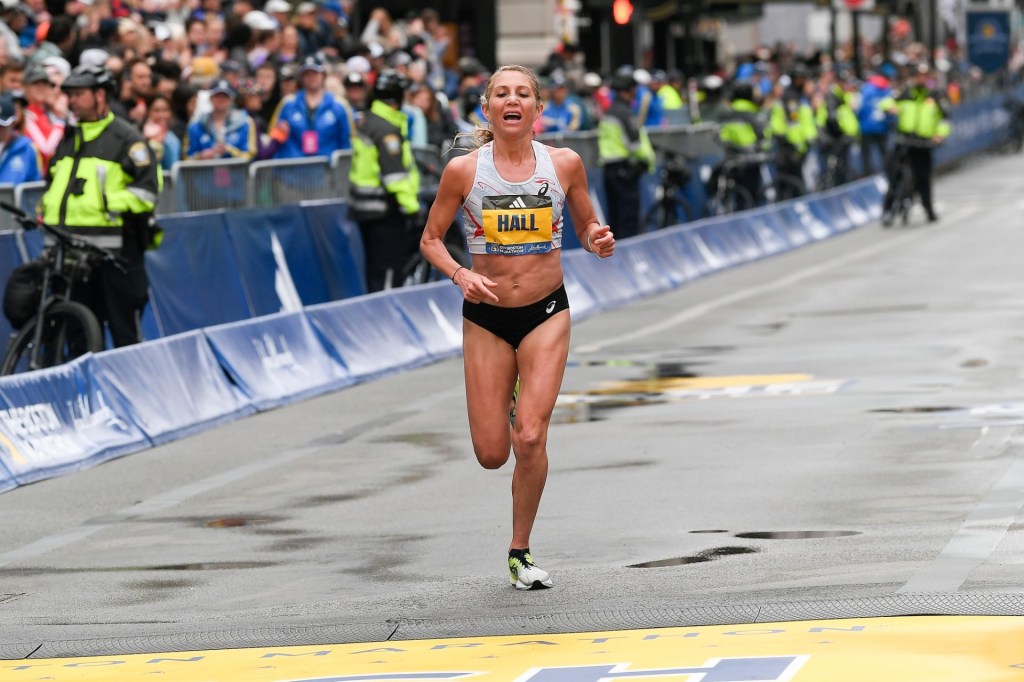 Eric Canha-Imagn Images
Eric Canha-Imagn ImagesEven in the age of heavy racing, organizers may also restrict the number of marathons athletes can run in a certain time frame, in essence asking runners to focus on their race. Runners can negotiate to compete more, but often at a cost, especially if they haven’t proved themselves capable of doing so. “If an athlete is wanting to try to stack up a bunch of stuff, then it’s likely going to mean less from probably everybody,” Estes says. “But the grand total may make it worth it for the athlete.”
Events like the World Championships and Olympics add another wrinkle. For all their cachet, they aren’t always immediately lucrative, Keflezighi says. The World Championships offer prize money; the Olympics don’t, but medalists often earn money from their country or governing body.
But winning a medal, like running a fast time, can come with a substantial bonus from the shoe company and also significantly increase an athlete’s future contract amounts and appearance fees, Keflezighi says.
Understanding the Risks
The trend can tempt some runners to potentially sacrifice their longevity for short-term gains, Keflezighi says. Thweatt agrees, noting that 2024’s mental and physical toll was significant for Obiri, who told her coaches she doesn’t want to race so often in the future. “Just because you can do it doesn’t always mean that you should do it or that it’s a good idea,” Thweatt says.
And while Hall has had significant success over the long term, she also says racing frequently hasn’t always paid off. In 2019, she got food poisoning after running Berlin in September and had to drop out of New York in November. The experience may have set her back in her preparations for the U.S. Olympic Marathon Trials in Atlanta the following February; she dropped out after mile 22.
The shift also has the potential to change the dynamics of elite fields. If athletes like Kipchoge can race every major, there may be less available to pay developmental athletes. “Budgets are budgets, and you can only do so many things with them,” Estes says. “That’s where any given race has to establish what their priorities are.” Estes adds he often takes pride in bringing in a lesser-known athlete who then has a breakthrough.
Plus, marathons remain in a growth era, Albertson believes, and racing slots aren’t necessarily zero-sum. The World Marathon Majors added Sydney this year and are considering adding Cape Town and Shanghai. Since part of the point of recruiting elites is to sell races to the masses, the ongoing marathon boom might create more opportunities for everyone. “Maybe we’ll just see a bigger supply of marathons that have the ability to give prize money and appearance fees, because they have lots of people who want to run them,” Albertson says.
The more options athletes have, the better for their careers, Thweatt says. Sullivan, for one, says she’s not sure she’ll run two marathons so close together in the future—especially since she’s not completely sure how Sunday will go in New York City’s five boroughs. But this year, the freedom of less pressure on either race may enhance both of her performances.
When the Tokyo forecast looked dire, pondering a potential second chance in New York “settled my nerves,” she says. And heading into this weekend off the high of her fourth-place Worlds finish is motivating; she has eyes on extending her streak of top-10 finishes at major marathons. “I really do want to put icing on this cake,” she says. “But no matter what happens in New York, I think we’ll still call this season a success.”
The post More Races, More Money: How Pro Marathoners Are Earning Bigger appeared first on Front Office Sports.

 7 hours ago
20
7 hours ago
20






